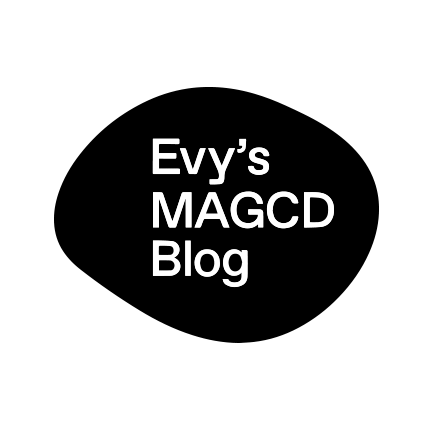This blog post will be slightly longer as I reflect on my learnings from unit 1 and 2, and discuss my current influences (things I’m inspired by) and recent studio experiments. Having finished unit 2 with a strong focus on using graphic communication design as a tool for interacting with people in relation to memories and preservation of culture, I start the term with a broad question which I hope to explore through my studio practice: How can graphic communication design spark a conversation around narratives of place? This is something I’ve been interested from my BA, which I which to explore in a deeper way through unit 3.
I’ll start by introducing the core practices I’m currently looking at:
Alan Bartram and Phil Baines on Typography



Looking at the work of Alan Bartram, in connection to a visit to the Lethaby Gallery, makes me reflect on public lettering and its connection to visual identity of place. What can public lettering reveal about a place? This concept go letters of place or Environmental lettering, springs me back to my first project in MGCD, where I collect all the hand lettering from the Oxford market and reflected on the relation between people and locality, how to translate the sense of place and carry it into a new audience using vernacular graphics as the main tool.
Does craft have a role in the preservation and dissemination of culture? Digitalisation can make you detach from the material realm, especially when you are building towards understanding an identity of place. It’s interesting to note the forensic nature of recording place and how these methods can be used to build/understand/translate/distill a sense of identity. So how public letterforms and typography contribute to a scene of place?
Some ideas that steam from this reference are, recording material letterforms through digital means in order to create types. Recording letterforms reflection on their connection to place. Perhaps, uncovering typographic language as a tool to facilitate engagement with the identity of place.

Fanette Mellier on Materiality
I love how Fanette explores form and type through materiality, and how she pushes the boundaries of graphic communication design through the printed media. The expression of the medium in her work is strong and distinctive, as well as widely influenced by traditional processes being subverted, revisited, reframed. Also, the interactive nature of her work is quite compelling, as well as the playfulness and simplicity of it. I think my work should definitely exist in a context where people can interact with it, perhaps as part of workshops or through interactive installations, as my aim is directed towards engaging in a dialogue. My practice is evolving towards enquiring about the relationship between people and place in the context of memory building and attachment.


Kevin Lynch on memories and narratives of place
Because of my strong interest in narratives and memories, I find the work of Kevin Lynch around urban design quite compelling. This lens makes me reflect on how graphic communication Design not only has the power to preserve narratives of place, but also to shape them.
In ‘The Image of the City’ Lynch introduces the idea of “Imaginability”, or “that quality in a physical object which gives it a high probability of evoking a strong image in any given observer.”
When it comes to designing cities, it involves physical elements like buildings, streets, and land. But in graphic design, we can interpret a place in different ways, like digging into old records or connecting it to stories about the area. I see an opportunity to borrow and subvert research methodologies from architecture and urban design, as a way to record and transmit place in a new way through graphic communication design.


Through the winter break I started to experiment with different methods of recording place based on my local town, Wantage, Oxfordshire, as it was an immediate and direct way to test my ideas. Although my first experiments are focused on exploring letterforms through the built environment, I think these have serve as an interesting starting point to start reflection on my methods, positions and what I want to achieve.
Experiments on environmental form and type
I quickly started testing some ideas by collecting forms from the environment and classifying the my types. At this stage, I was more focused on extrapolating letterforms from the environment than on recording existing lettering or vernacular. A few thoughts:
- This method of collecting reminds me a bit of Paul Elliman’s work creating collections of type from elements and shapes that acquire meaning through the act of categorisation (In this case through the latin alphabet).
- Although I enjoyed collecting this forms, I think there’s so much more around the idea of recording a sense of place than collecting shapes. In the second experiment, where I start to collect patterns, materials and motifs, I feel I get a bit closer to understanding the uniqueness of the town as a research location.



In this second experiment I use building facades to create grids, which can be used both as formal layouts within compositions, but also as armatures for the construction of letterforms. This approach proved interesting, particularly as it can serve as a foundation for creating a system for designing not just letterforms but other visual elements.







